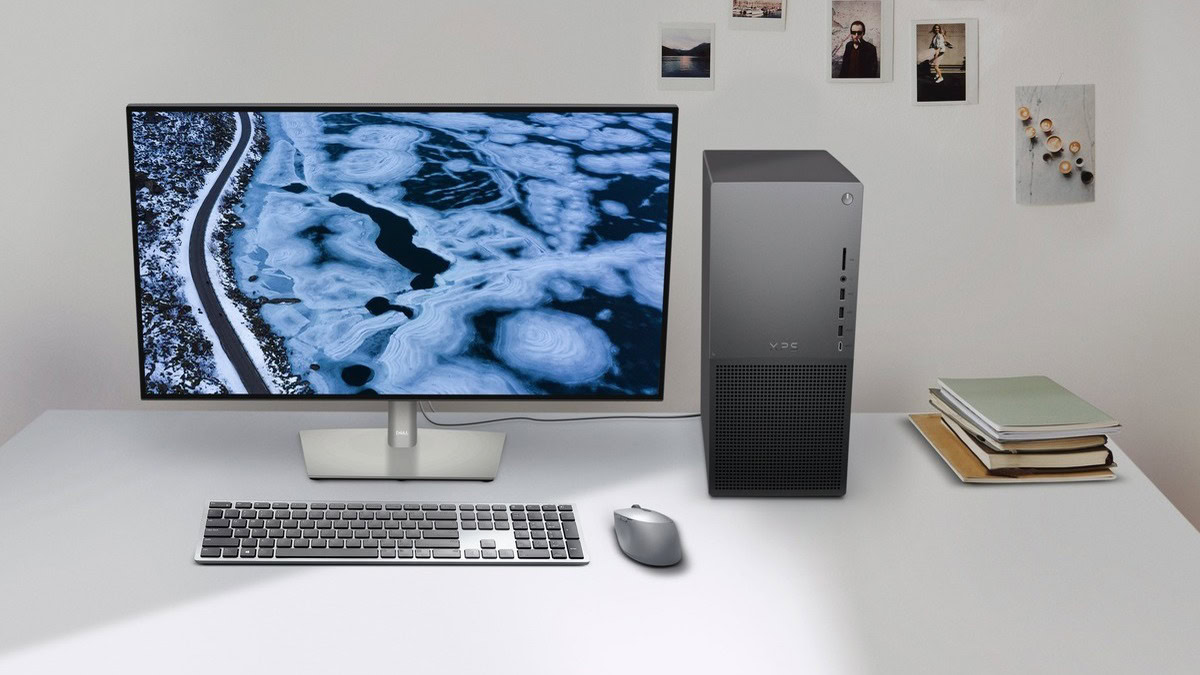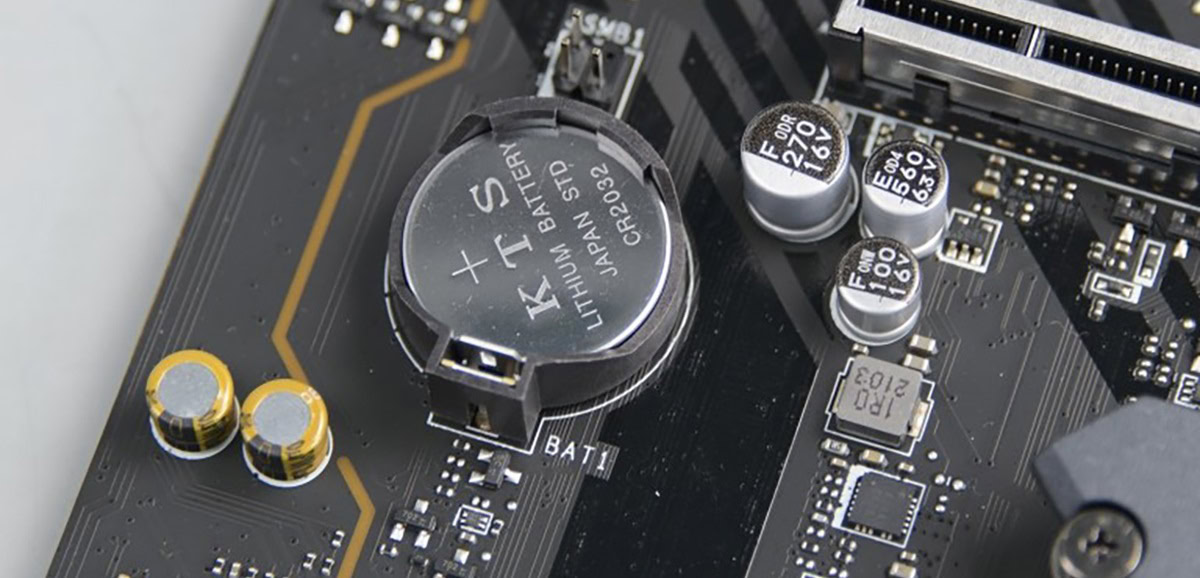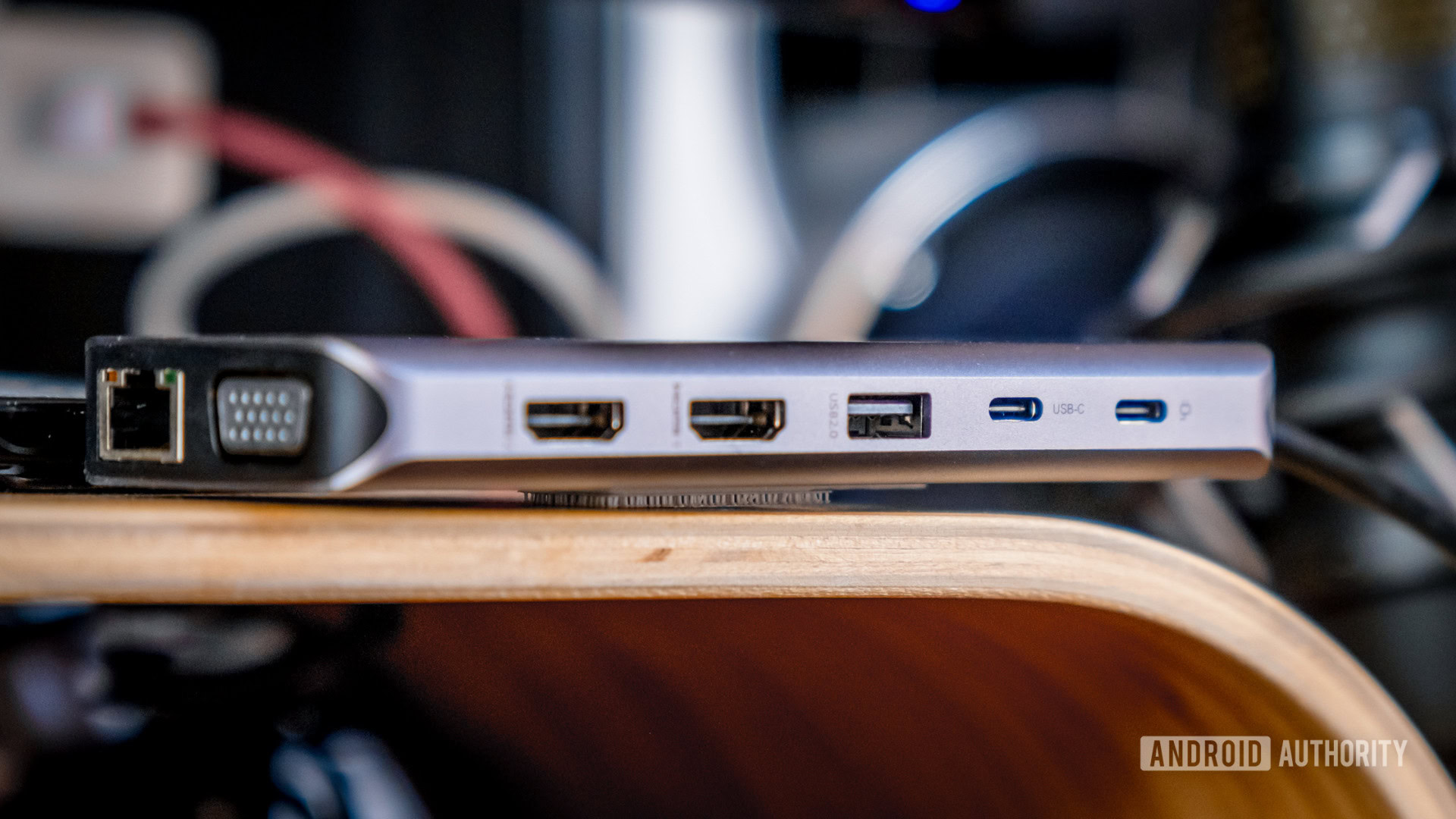Affiliate links on Android Authority may earn us a commission. Learn more.
Windows computer not turning on? Here's how to fix it
Many of us use computers for work, to play games, to watch movies and TV shows, and so much more. A computer not turning on can be panic-inducing and throw a wrench in your plans and everyday schedule. Before you start making plans to set up a repair or buy another computer, there are a few things you can try. Here’s what to do if your Windows PC or laptop is not turning on.
JUMP TO KEY SECTIONS
Why won’t my Windows PC or laptop turn on?
There are a few reasons why your Windows PC or laptop is not turning on. The most likely culprit is a lack of power. This could be because of faulty cables and chargers, issues with the power source like a surge protector or wall plug unit, a drained or faulty battery in the case of a laptop, or problems with the PSU (power supply unit) on a desktop PC. There are a few other things to test if a computer won’t turn on at all, but power issues are the most likely cause.
There are also situations where the computer seems to power on but either crashes or automatically reboots before getting to the loading screen. If a PC seems to power up, but nothing appears on the screen, the problem could be with the monitor. In other situations, software glitches, hardware problems, and even viruses and malware can cause your Windows computer not to turn on properly.
How to fix a Windows PC or laptop that won’t turn on
Check the power source

A faulty surge protector, cables, or laptop charger will result in your computer not turning on. Plug another device into the surge protector or extension cable to see if that’s the problem. You can also plug the computer directly into the wall unit to see if it powers on and check the wall plug with another device to ensure that isn’t the issue.
On a desktop PC, test the PSU using a power supply tester. While doing so manually with a multimeter is possible, we don’t recommend it. You’ll have to be incredibly careful, use the proper safety equipment, and have some technical know-how to run the test correctly. Using a power supply tester is less complicated and automatic, but safety should be the primary consideration in this case, too. You will have to get a new PSU if the test fails.
With a laptop that has a removable battery, disconnect the battery and connect the device to the power source directly to see if it turns on. You can use the laptop without the battery while you wait for a replacement.
Test the power button
This might be a given, but a loose or faulty power button might cause your computer not to turn on, especially if you are used to a quick tap or press. Press the power button firmly and see if that works. You can replace the power button on a self-built desktop PC or set up a repair in case the power button isn’t working on a laptop. Also, check the power switch on the wall, surge protector, or extension cord to ensure they haven’t accidentally been turned off.
Get a new AC adapter
Check for loose or disconnected cables and ensure everything is plugged in correctly. If you have a laptop that uses a USB-C charger and you’re using third-party chargers and cables, look for torn or frayed cords and test the charger and cable with other devices like your smartphone. If available, buy a replacement power cable or AC adapter for your computer.
Look for a damaged power or charging port
Look at the power port on a PC or laptop for broken or bent pins or any debris that could be causing problems. Try and clean the port if possible and check if the computer powers on. If it’s a damaged port, though, it’s best to set up a repair at a recommended service center to avoid further problems when trying to fix it yourself.
Replace the CMOS battery

You might want to replace the CMOS battery if your computer is more than five years old. If it’s newer, you can also try clearing and resetting the CMOS battery to see if that helps.
Check motherboard error codes
Some computer motherboards might beep when starting up. A quick single beep usually means that everything is working as expected. You will likely hear longer beeps or a series of beeps if something is wrong. Unfortunately, the problem may not be apparent right away. You’ll have to consult your computer’s manual or check the manufacturer’s website to determine precisely what these extended beeps mean. Things are more manageable with motherboards with a display to show error codes. Look up the error code and see if you can fix the problem.
Check the monitor
If your computer seems to start, it could appear to not be turning on because of problems with the monitor. Check the cable connecting your PC or laptop to the monitor and test the screen’s power cable. If possible, plug in an external monitor on a laptop and see if that works. In this case, there’s a hardware issue with the laptop screen, and you will need to get it repaired.
Disconnect peripheral USB devices

Your computer may appear to turn on and not display anything on the screen because of external USB devices. Disconnect any peripherals like USB hubs, flash drives, and hard drives, and check if that fixes the problem. Keyboards and mice connected via USB shouldn’t usually cause a problem, but you can try disconnecting one or both in case your computer is not turning on.
Boot the computer in Safe Mode
It could be a software glitch if your computer starts but reboots or crashes. Try booting your Windows computer in Safe Mode and test if a software glitch or faulty startup process stops the PC from turning on properly.
FAQs
Your monitor not turning on could be because of a faulty cable or power cord. Look for tears or frayed wires and replace them. Test the monitor with another device (or on its own if the monitor shows a startup message) to ensure that your computer isn’t at fault. Check the monitor brightness and contrast settings as well. Low or zero percent settings could create the appearance of a blank screen.
If you use a Bluetooth mouse, change the battery and see if it fixes the problem. With a USB mouse, check for a frayed or torn cable, and try plugging the mouse into another port to ensure the USB port isn’t faulty. Some settings could also make it seem like the mouse isn’t working. On Windows 11, go to Settings > System > Bluetooth and devices > Mouse and adjust the pointer speed, scrolling settings, and pointer visibility settings.
Your keyboard is likely not working because of power issues. If you use a Bluetooth keyboard, replace the batteries. And with a USB keyboard, check the cable to ensure it isn’t torn or frayed. Test the keyboard with another port to confirm that the USB port isn’t faulty. Don’t forget to regularly clean your keyboard to avoid stuck or broken keys. You can temporarily use an external keyboard if your laptop keyboard fails. But the only option is to get it repaired to fix the problem permanently.